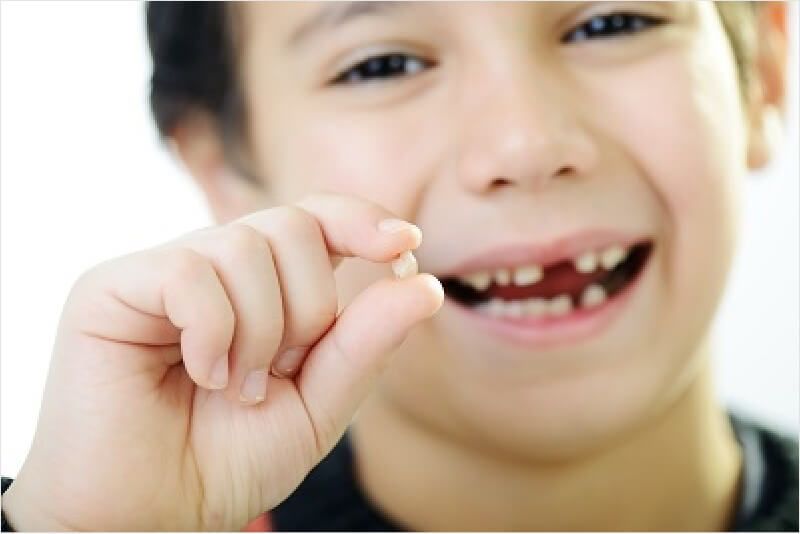Periodontics
6700 Crosswinds Dr N #200B, St. Petersburg, FL 33710

Facial Trauma
Oral and maxillofacial surgeons are well versed in emergency care, acute treatment and long-term reconstruction and rehabilitation of facial injuries. Oral and maxillofacial surgeons are trained, skilled and uniquely qualified to manage and treat facial trauma since knowledge of dentistry, bone healing, and the principles of surgery are critical to the proper reconstruction of facial injuries. Injuries to the face, by their very nature, impart a high degree of emotional, as well as physical trauma to patients. The science and art of treating these injuries require special training involving a “hands on” experience and an understanding of how the treatment provided will influence the patient’s long term function and appearance.


Dr. Chuong meets and exceeds these modern standards. He is trained, skilled and highly qualified to manage and treat facial trauma. Dr. Chuong is on staff at several local hospitals and delivers emergency room coverage for facial injuries, which include the following conditions:
There are a number of possible causes of facial trauma such as motor vehicle accidents, accidental falls, sports injuries, interpersonal violence and work-related injuries. Types of facial injuries can range from damage to teeth to extremely severe injuries of the soft tissues and bones of the face. Typically, facial injuries are classified as either soft tissue injuries (skin, muscles, cartilage and gums), bone injuries (fractures), or injuries to special regions (such as the eyes, facial nerves or the salivary glands).
When soft tissue injuries such as lacerations occur on the face, they are repaired by suturing. In addition to the obvious concern of providing a repair that yields the best cosmetic result possible, care is taken to inspect for and treat injuries to structures such as facial nerves, salivary glands and salivary ducts. Dr. Chuong is a well-trained oral and maxillofacial surgeon and is proficient at diagnosing and treating all types of facial lacerations.
Fractures of the bones of the face are treated in a manner similar to the fractures in other parts of the body. The specific form of treatment is determined by various factors, which include the location of the fracture, its severity, and the age and general health of the patient. When an arm or a leg is fractured, a cast is often applied to stabilize the bone to allow for proper healing. Since a cast cannot be placed on the face, other means have been developed to stabilize facial fractures.
One of these options involves wiring the jaws together for certain fractures of the upper and/or lower jaws. Other types of fractures of the jaw are best treated and stabilized by the placement of small plates and screws at the involved site. This technique can often allow for more rapid healing and obviates the necessity of having the jaws wired together. This technique is called “rigid fixation” of a fracture. The relatively recent development and use of rigid fixation has profoundly improved the recovery period for many patients, allowing them to return to normal function more quickly. These devices are made of titanium metal which is well tolerated by human tissues. Titanium does not trigger metal detectors at airports.
Isolated injuries to teeth are quite common and may require the expertise of various dental specialists. Oral and maxillofacial surgeons are usually involved in treating fractures of the supporting bone or in replanting teeth that have been displaced or knocked out. These types of injuries are treated by one of a number of forms of splinting (stabilizing by wiring or bonding teeth together). If a tooth is knocked out, it should be placed in salt water or milk. The sooner the tooth is re-inserted into the dental socket, the better chance it will survive.
Therefore, the patient should see a dentist or oral and maxillofacial surgeon as soon as possible. Never attempt to wipe the tooth off, since remnants of the ligament that hold the tooth in the jaw are attached and are vital to the success of replanting the tooth. Other dental specialists may be called upon, such as endodontists, who may be asked to perform root canal therapy, and/or restorative dentists who may need to repair or rebuild fractured teeth. In the event that injured teeth cannot be saved or repaired, dental implants are often now utilized as replacements for missing teeth.
Call us to schedule an appointment today!
Periodontics office also speak fluent Spanish, Vietnamese, and Korean.